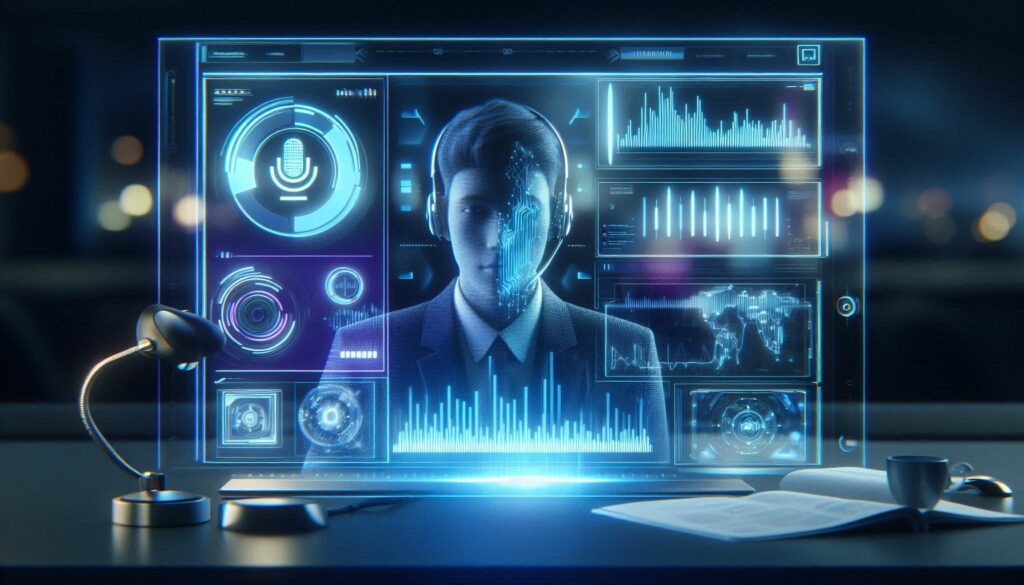
AI CERTS
5 months ago
Multimodal AI: How 2025 Models Transform Vision, Text & Audio
From AI Copilot PCs running on-device AI to intelligent assistants capable of reading images, interpreting voice tone, and understanding nuanced text, these systems are blurring the lines between sensory inputs. Let’s explore what’s fueling this shift, why it matters, and how it will shape the future of AI.

What Is Multimodal AI?
Multimodal AI refers to systems that can process and combine multiple types of input—like vision, language, and sound—to produce more accurate and natural outputs.
Unlike traditional AI models, which focus on one mode (like text or image recognition), multimodal AI learns from and integrates diverse data sources. This enables:
- Context-rich responses by blending text meaning with visual cues.
- Better decision-making using a fuller picture of the situation.
- Smarter automation in areas like customer service, healthcare, and education.
For example, a vision-language model can analyze a product image, read its description, and listen to user feedback to recommend the best solution.
The Power of 2025 LLMs in Multimodal Learning
In 2025, LLMs have evolved beyond text generation. They now interpret images, recognize voice patterns, and even detect emotion in audio. This means AI can now “see, hear, and speak” in a way that feels human-like.
Key breakthroughs include:
- Vision-language integration: Recognizing and describing images with accurate context.
- Audio understanding: Identifying accents, tone, and intent in speech.
- Cross-modal reasoning: Using combined inputs to generate precise answers.
💡 Example: In medical imaging, multimodal AI can review a CT scan, analyze a doctor’s notes, and listen to patient symptoms before offering diagnostic suggestions.
Real-World Applications of Multimodal AI
Multimodal AI isn’t just a research buzzword—it’s already powering real-world tools.
Popular use cases include:
- Healthcare Diagnostics – Combining X-rays, patient histories, and speech-based consultations.
- Customer Support – AI assistants that see screenshots, read emails, and listen to calls for quicker resolutions.
- Education – Tools that process lecture videos, slides, and written assignments for tailored learning.
- AI Copilot PCs – Devices running on-device AI to process video calls, documents, and audio commands without cloud dependency.
Why On-Device AI Matters in This Evolution
While cloud AI remains powerful, on-device AI is gaining traction in 2025. AI Copilot PCs and mobile devices can now handle advanced multimodal processing locally.
Advantages of on-device multimodal AI:
- Speed – Instant responses without waiting for server processing.
- Privacy – Sensitive data stays on your device.
- Reliability – Works even without a stable internet connection.
These benefits are crucial for sectors like healthcare, finance, and government services, where security and real-time responses are essential.
Future Trends in Multimodal AI
Looking ahead, we can expect:
- More natural conversations between humans and AI.
- Integration with AR/VR for immersive, context-aware experiences.
- Smarter automation in industries from retail to transportation.
- Hybrid AI models blending cloud and on-device processing.
As AI continues to evolve, multimodal learning will be at the core of innovation.
Conclusion
Multimodal AI is no longer a concept—it’s the engine behind the next wave of intelligent systems. By combining vision, text, and audio, AI can provide deeper context, faster decisions, and more human-like interactions. In 2025, whether it’s AI Copilot PCs, on-device AI assistants, or cross-industry automation, the fusion of sensory data will define the next big AI trends.
📌 Read our previous post on AI in the Workplace: How AI Co-Pilots Are Changing Jobs to understand the foundation of this shift.
🎯 Ready to advance your AI career? Explore our AI Certification Programs and gain skills to work on cutting-edge AI projects.



